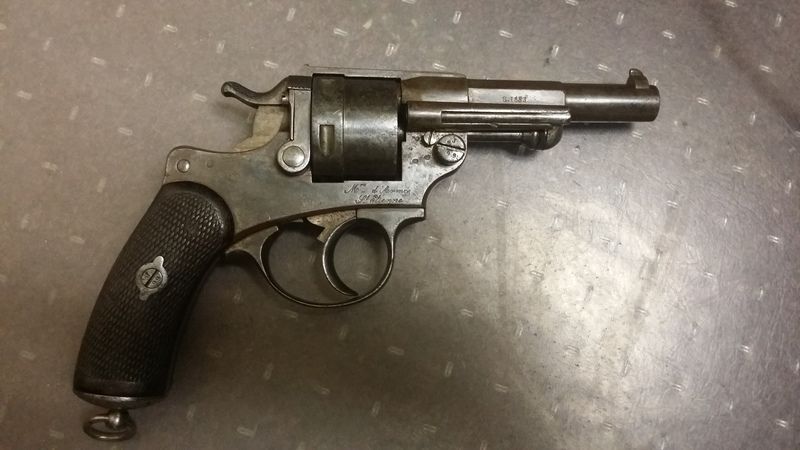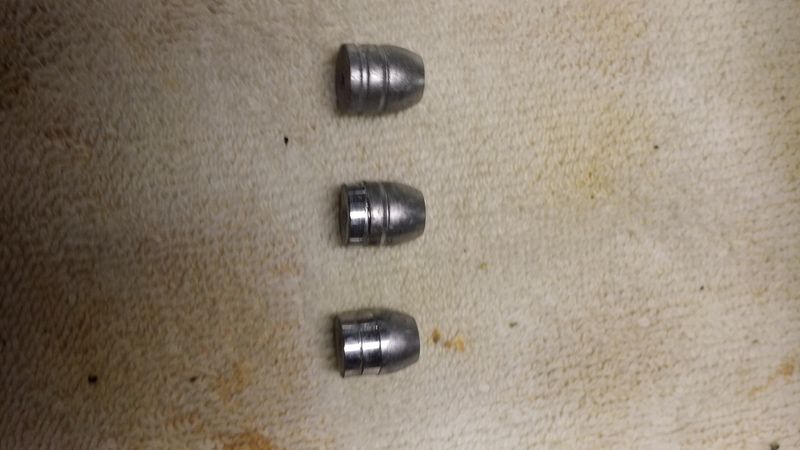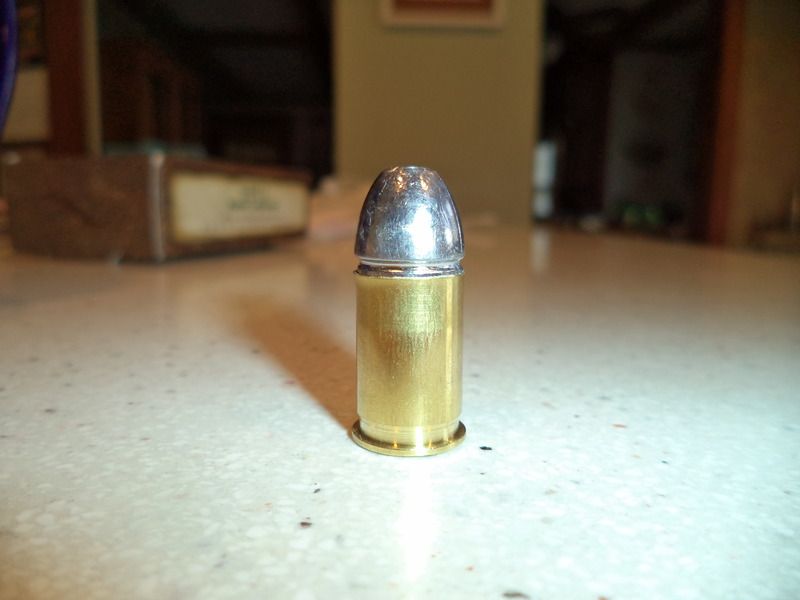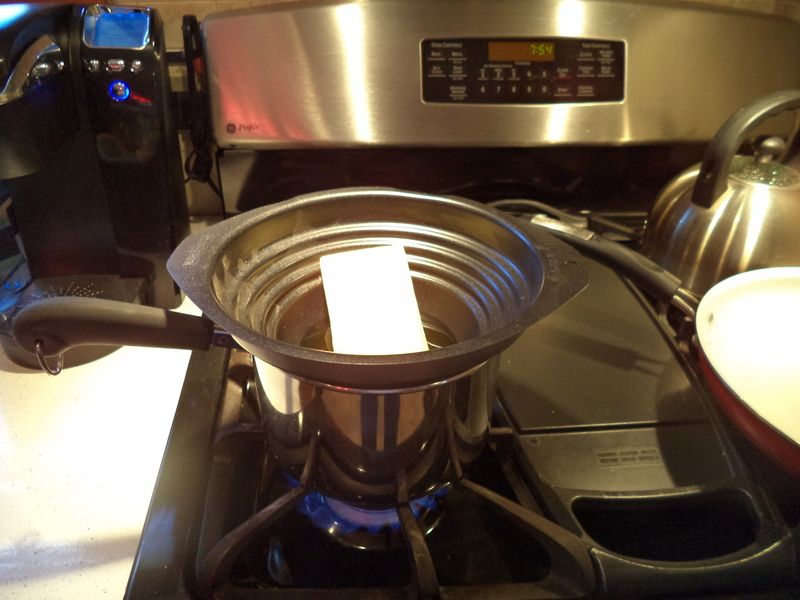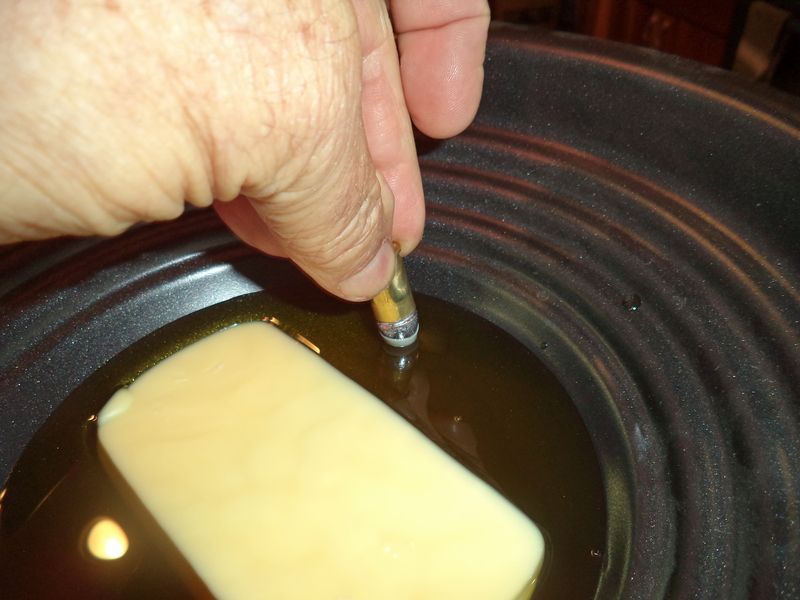Last spring I picked up a MAS 1873 revolver. This is a grand old gun, seriously overbuilt, with a heavy but easy to stage action. That such a gun should be chambered for the all time wimpiest 45 caliber cartridge ever conceived is a disappointment. I received a loading kit from a French source, and labored to load the 11mmx17.8 round, full load of 4f, to be greeted by a lowly "pop . . . (wait for it) . . . ting" on the range. Bleh! Not even enough there to capitalize the "pop". And this is damn expensive brass to boot!
But then in my reading I discovered the Hairy Chested French Navy 1870 Revolver Round! Mon Dieu! 4mm longer, capable of pushing a 200 grain bullet past 700 FPS. Il est grande puissance!
How to load this? Pretty easy really. The one thing you need to get is the Accurate Mold 45-200x http://accuratemolds.com/bullet_deta...=45-200X-D.png this is essential, it is a pointed tapered bullet. It will allow you to use the longer Naval case in the tapered 1873 chamber. I cast with melted chilled shot, lubricate either by tumble lubing with Lee Liquid alox, or I'll dip the nose of the bullet of my loaded rounds into my Tuna can of melted BP lube.
Now you need Starline 44 Russian cases. The rims may be tight, but the cylinder spins free in my gun. Shorten these to .45 acp length (I use a 45acp Lee Quick Trim) Neck size them in a 44 special die. Run them into a 44 Russian/spl expander to slightly flare the case. Fill the case to the base of the bullet with black, or I also load 4.5 grains of Unique. (another reason to like the longer case, I don't like smokeless in the Tiny army case). Gently seat with a .45 acp seating die, and run into the 45 acp crimp die to straighten any flair. Done! (BTW the Lee Modern Reloading 1st edition has .455 Webley MK2 data that comes in handy)
No real crimp, but the Accurate design has a double rebated heel that really grips the case. Also, when you load these in the revolver, there's no place for the bullet to move forward in the tapered chamber, and I've seen no evidence of movement under recoil with these loads. Both black and smokeless Chrono around 700 fps, and feel like real revolver rounds. Great fun!

|
   
   
|


|



 Reply With Quote
Reply With Quote
